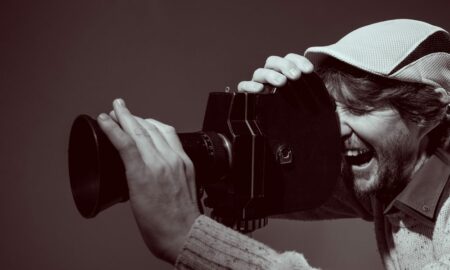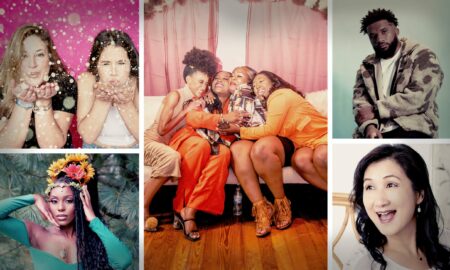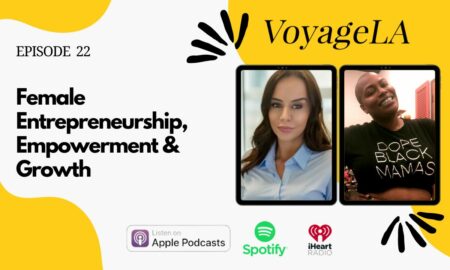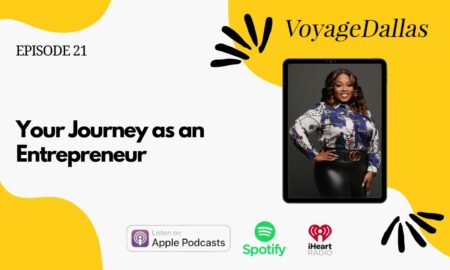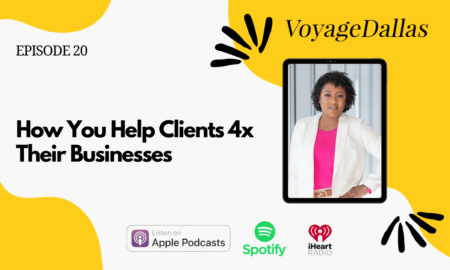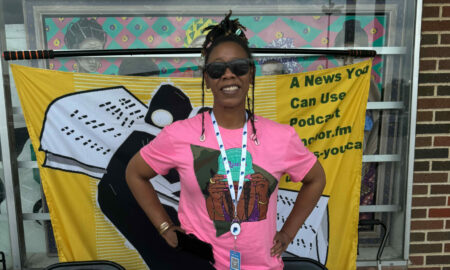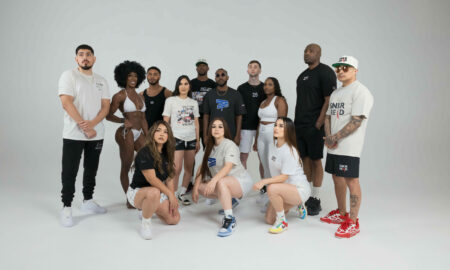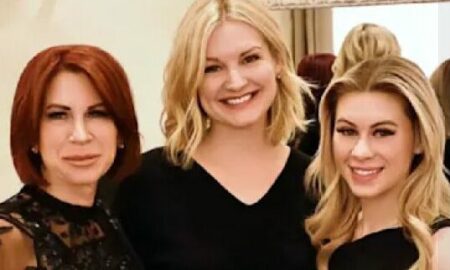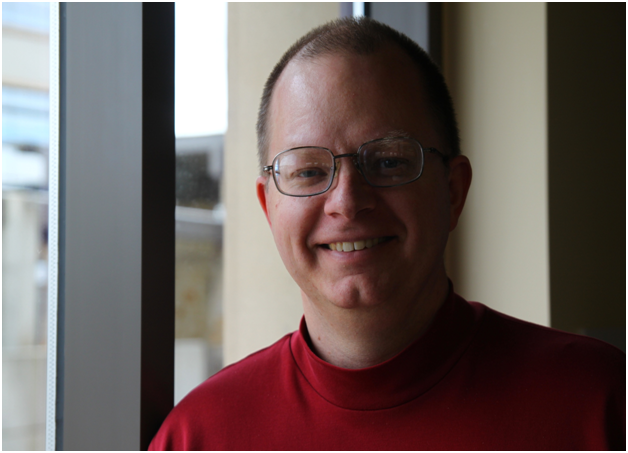

Today we’d like to introduce you to Brian Sullivan.
The Big Design Conference was started 10 years ago based upon a dare. After a professional meeting for designers, the key organizers met at a local pub to talk about that night’s topic and hang out. Within a few minutes, Brian Sullivan would challenge the group of people to help organize a local conference the next year.
On the next day, Brian set up a phone call with the key organizers. The goal of the conference has always been to provide a low-cost, high-value experience for people. The organizers wanted to focus on practical knowledge that people could go back to work on Monday and use immediately. The organizers wanted to have a holistic view of design to include other disciplines, such as app development, content strategy, web design, usability, career development, film-making, gaming, and more.
In its first year, the conference had over 500 people attend with 30 different booths in the trade show. Norm Cox, a UX pioneer, was the first speaker at the conference. He shared stories from his time at Palo Alto Research Center. Norm created some of the original icons used on computers. Since the first year, the conference speakers have included Oscar winners, Emmy winners, designers, authors, user researchers, special effects gurus, marketers, actors, CEOs, technologists, founders, and more,
The conference is kept intentionally small where only 1,000 people can attend. The conference has sold out the last two years. Attendees enjoy talks, workshops, networking events, and a large trade show. The attendees get to sit with the speakers, authors, and Oscar & Emmy winners.
Big brands come to Big Design. You will see speakers and attendees from Apple, Netflix, Microsoft, Adobe, Capital One, Disney, Google, Facebook, Amazon, and more. Hiring managers and recruiters attend Big Design looking for talent. The companies share their ideas with people who want to learn how to use the latest technology or learn about the latest methods for design and user research.
The best way to describe the conference is that it is a creative mashup. You can hear speakers on a variety of topics. Attendees can quickly move to different rooms to listen to something fresh and new.
Overall, has it been relatively smooth? If not, what were some of the struggles along the way?
It has not always been a smooth road for the conference. In its second year, Big Design Conference outgrew its original space. The Fire Marshall almost shut down the conference because of the crowd. The conference moved to a hotel in its third year, which alleviated this issue. The conference has continued to grow.
Conference organizers must balance the pressure of putting on a conference, while they manage other careers. The organizers see the conference as a work of passion, which done for the larger Dallas design community. So, the organizers work long hours to put on a conference. In many respects, it is the conference that they would love to attend, but they are too busy working it.
Please tell us about Big Design Conference.
The Big Design Conference is a non-profit organization with a mission to provide educational opportunities to designers and technologists in the Dallas-Fort Worth community. We specialize in creating networking events with a monthly meetup, book club, student chapters, workshops, and annual conference.
We are known for providing low-cost, high-value learning experiences. For example, you can attend a life-drawing workshop taught by a Pixar artist at the conference. You can be part of a live studio audience for a web TV show, where design experts give advice to startups on how to improve their products.
I am most proud at how we create a different experience each year with high-quality speakers. The conference continues to change based upon the introduction of new technology and techniques. Yet, the conference is still low-cost, high-value.
The conference sets itself apart by mixing different disciplines together–app development, content strategy, web design, usability, research, futurists, marketing, startups, and so on. Everyone can learn something new and be inspired. Attendees are encouraged to go to talks in a different discipline.
If you had to go back in time and start over, would you have done anything differently?
Conference planning takes a lot of time. In the first year, the organizers did not understand how much time and effort it takes to plan and execute a conference. The organizers quickly learned that sponsors, attendees, speakers, volunteers, and everyone need to time to make decisions.
After the first conference, the organizers did a post-mortem and pre-mortem. They reviewed the lessons learned from the first conference to help them plan for the next one. Brian Sullivan performed a pre-mortem to help make decisions on what to do for the second conference. A service design blueprint was created in the third year to help them figure out registration flow, trade show setup, and more.
Everything takes time with the conference.
Contact Info:
- Website: http://bigdesignevents.com/
- Phone: 8174877668
- Email: brian@bigdesignevents.com
- Facebook: https://www.facebook.com/bigdesignevents/
- Twitter: https://twitter.com/bigdesign



Image Credit:
Jeremy Johnson
Getting in touch: VoyageDallas is built on recommendations from the community; it’s how we uncover hidden gems, so if you know someone who deserves recognition please let us know here.




